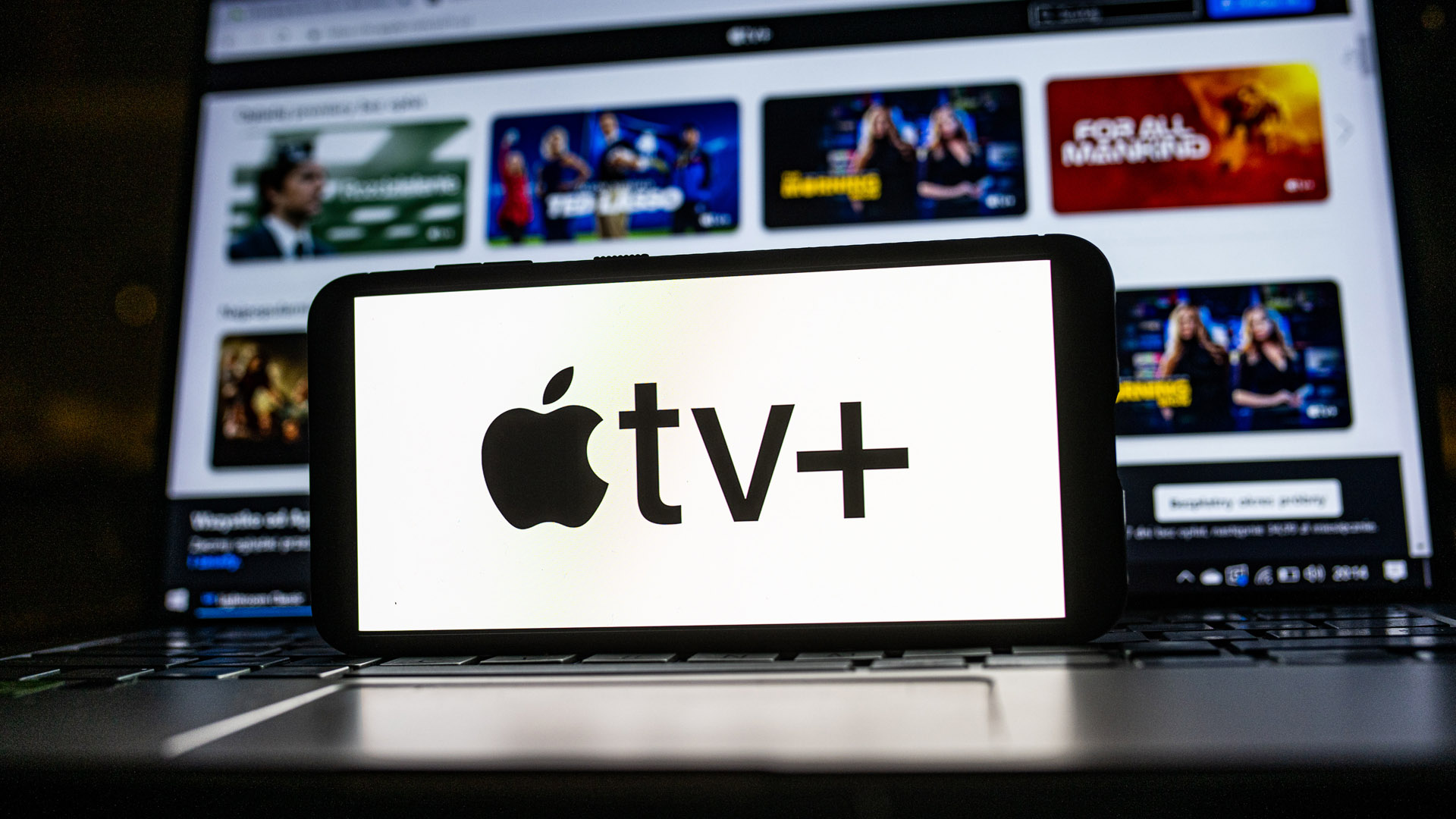The recent announcement of Google’s Cross-Cloud Interconnect service represents a major shift in how hyperscale cloud providers are helping businesses navigate the complex world of the multi-cloud.
In addition to offering a high-speed private connection between its public cloud and customers’ on-site networks, Google’s latest offering also provides a dedicated link to its four big rivals – Amazon Web Services, Microsoft Azure, Oracle, and Alibaba.
This is something new. In fact, it’s the first time a hyperscale cloud computing provider is not only thinking differently about how these mega-firms can play nicely with each other, but also how customers can break away from their vendor lock-in arrangements.
It's no secret that many organizations view cloud vendor lock-in contracts as a major barrier to cost savings and they have adopted a multi-cloud approach, in part, to reduce their dependency on a single provider.
But with more clouds comes more problems.
According to a recent IDC study, 64% of companies were using multiple cloud providers and yet almost 80% indicated a need to simplify the cloud management process. In other words, while businesses are boarding the rocketship to the multi-cloud troposphere, most are finding themselves locked in geostationary orbit where the complexities of interconnectivity continue to exist.
The truth is, while Google’s new service is a welcome step in the right direction, the multi-cloud universe is already populated with third party interconnection platforms which have been providing this type of service for some time now – and are much further ahead in terms of integration, flexibility, and ease of service.
Navigating the multi-cloud network
As the digital landscape evolves, companies increasingly require the ability to transfer sensitive data between multiple clouds and multiple regions in a safe and seamless manner. Yet provisioning direct connections to multiple clouds is no easy feat, and often comes with unforeseen costs.
The reason is a lack of clarity. Each of the hyperscale cloud providers has its own interpretation of direct connectivity – be it AWS Direct Connect or Azure ExpressRoute – and each is slightly different in its approach to cross-region data transfer. It also doesn’t help matters that Microsoft, Google, and Amazon use their own specific lexicon and definitions regarding their direct connectivity offerings.
This is where third-party interconnection providers are changing the game. They can seamlessly transition unwieldy network connectivity with incredible agility and speed, making it easier for businesses to connect to and in-between different cloud providers. Effectively, it’s like having your own private network at your fingertips.
If your business is embarking on its own multi-cloud journey, here are five important factors you should consider that will make your life a lot easier:
1. Agility
Unlike a dedicated physical port-to-port service, a third-party interconnection platform provides a fully automated service with seamless network integration to a host of global cloud providers. This saves you a lot of heavy lifting because there is no need to install, manage or maintain equipment.
Better still, you can manage your global network connections using a single, centralized management portal (as opposed to the multiple interfaces required for cloud ports and hubs). It also means you offload all the technical risk and software maintenance so that you can focus on your core business. In short: no paperwork, no multi-year contracts, and no waiting time for trucks to roll to a data center.
2. Reach
Another significant advantage of third-party interconnection providers is that many of us already have existing on-demand access to the world’s largest cloud providers, thereby removing the pain and complexity of network configuration and management.
This gives you high-performance connectivity and private data transfer to everything and everywhere at the same time, plus automated switching and routing across a global network of both major cloud providers and Software as a Service (SaaS) partners – all with a single click.
3. Infrastructure
Every business wants to connect directly and securely to multiple cloud applications and data centers with speed, security, and peace of mind, so it’s important to choose a third-party interconnection platform that owns the underlying core network infrastructure.
By owning an underlying global MPLS (Multiprotocol Label Switching) network, a third-party provider can guarantee an assured quality of service which is fully resilient, compliant, and stringent with your security requirements.
4. Costs
The ever-changing pricing models for multi-cloud applications are a fundamental pain point for almost every business today. However, if you choose to go with a third-party interconnection partner, then you will automatically have access to more competitive pricing.
Think of it as a move to a consumption-based model. You only pay for the bandwidth and cloud network connections you need, ensuring your cloud usage fits your economics. What’s more, contract lengths can literally be as little as a day (using the PAYG method) and you can change, upgrade, or terminate at any time.
Additionally, third-party interconnection partners offer comprehensive Service Level Agreements (SLAs) and 24/7 support covering activation, availability, transit delay, packet loss, jitter, and mean time to restoration – all resulting in less in-house technical maintenance and more cost savings.
5. Reliability
As we all know, unpredictable disasters happen from time to time. Although multi-cloud is often championed as offering the ‘best-of-breed’ it can often increase the amount of resource and IT infrastructure overheads needed to support from a redundancy perspective.
However, in the event of such failures, a third-party interconnection partner allows you to migrate large volumes of data between multiple cloud providers, data centers, and other network locations without the headache that comes with the one cloud ‘hub and spoke’ approach.
Even if your IT team has limited technical knowledge, you can automate your data backup and recovery between clouds with reliable and redundant connectivity by simply spinning up your private connection for as long as you need, thereby reducing latency. Your traffic will dynamically flow between all your network endpoints over a private global network infrastructure which means better security, better performance, and ultimately a better experience for your customers.
Google’s new Cross-Cloud Interconnect service will likely trigger the other major cloud providers into following suit before too long, but the key question is whether businesses will want to remain in a direct relationship with these partners, or whether they prefer to play the field of the entire multi-cloud ecosystem.
We list the best cloud orchestration software.













0 coment�rios: